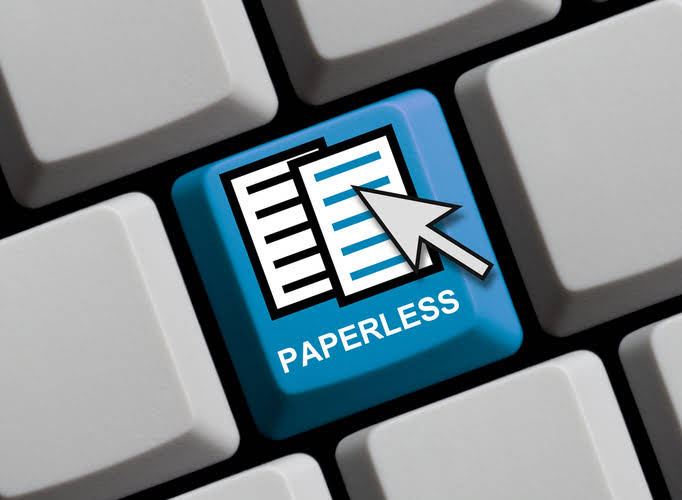What is General Ledger GL Reconciliation: Process, Steps, Examples and Best Practices

Regular reconciliation of the general ledger allows businesses to quickly identify and correct errors, ensuring that financial records accurately reflect the company’s financial activity. This prompt correction of discrepancies, such as incorrect or duplicate entries, is vital for maintaining the integrity of financial reports. This process involves comparing internal records with external documents such as bank statements, invoices, and other financial instruments to ensure consistency and accuracy. One of the primary advantages of automation is the ability to quickly identify discrepancies between your general ledger and external records, such as bank statements or vendor invoices. Automated reconciliation tools use advanced algorithms to match transactions in real-time, highlighting mismatches for your finance team to investigate.
Best ESG Reporting Software 2025
When numbers go awry, an avalanche of financial issues come in its wake meaning that reporting, decision-making, and more are thrown into chaos. The main purpose of the general ledger is to keep a log of each transaction taking place in a business. This includes revenue and expenditure transactions, as well as any adjustments such as accruals or depreciation. Recording the transactions in this way simplifies the retrieval and analysis of financial information. In 2001, the Enron scandal showed how executives used improper accounting practices to manipulate statements. They deceived investors and concealed debts, which eventually led to bankruptcy.

How does a general ledger differ from a balance sheet?
Correcting these differences ensures your ledger reflects the most accurate financial position. This centralization is crucial for maintaining an organized and accurate financial record for reporting and decision-making. A company’s general ledger can have any number of accounts and often lists income statement accounts first, followed by balance sheet accounts, though it can also be the other way around. A general ledger can have as many accounts as needed and can be simple or complex.
Expense and Payment Management Data Sheet
By reconciling the general ledger regularly, firms can keep their financial records visible and reliable. The general ledger is the master set of accounts that aggregates all transactions recorded for a business. When a person is reconciling the general ledger, this usually means that individual accounts within the general ledger are being reviewed to ensure that the source documents match the balances shown in each account. The reconciliation process is a common activity what are retained earnings just prior to the arrival of the auditors for the annual audit, to ensure that the accounting records are in pristine condition.

General ledger reconciliation example
Not only does regular reconciliation prevent fraud, but it also boosts decision-making. Accurate and up-to-date financial info helps managers make sound decisions about resource use and investments. Resolving differences through bank reconciliation is critical for ensuring cash account accuracy. The reconciliation ledger provides reports for monitoring the reconciliation of Controlling (the company’s cost accounting system) with Financial Accounting (the company’s financial books and records) by account. The reconciliation process is an important accounting procedure that compares and identifies differences between a company’s general ledger (GL) and subledgers (SLs). By being aware of these common errors, you can take steps to avoid them and improve your reconciliation process.
- Next, systematically compare the general ledger account balances with the balances reported in the supporting documents.
- As a CFO, you’re tasked with maintaining the financial health of your business, from managing budgets to ensuring accurate financial forecasts.
- For example, a company reviews its cash balance at the end of May in comparison to the bank statement for the same period.
- Without these documents, reconciliation becomes guesswork, leading to potential errors.
- Disclosure management software streamlines the key finance process and reduces errors immediately.
- Regulatory reporting software takes the pain out of regulatory reporting and ensures peace of mind.
- Each sub-ledger tracks individual transactions that make up the total general ledger account balance.
- With automation, you’ll spend less time on manual data entry and transaction matching.
- Automating reconciliations can significantly reduce the risk of fraud and errors, while also freeing up accountants to focus on higher-value tasks that contribute to strategic business decisions.
- But with tools like Xenett, you can automate a lot of the work, saving you time and reducing the chances of errors.
- Many companies make GL recs a core part of their month-end close and aim to reconcile around 70% of these accounts monthly before having to complete full reconciliations during audits.
- General ledger reconciliation plays a crucial role in managing cash flow efficiently.
By automating general ledger reconciliation, you can significantly improve your financial processes, reduce errors, and gain valuable insights into your business’s financial health. This shift improves operational efficiency and empowers your finance team to make more informed and strategic decisions. By recognizing and addressing these general ledger reconciliation common errors, you can enhance the accuracy of your financial reporting and ensure a more reliable reconciliation process. Strong internal controls help you safeguard against fraud, unauthorized transactions, and financial mismanagement. Regular reconciliations deter errors and fraud, as each transaction must pass through checks and balances before being finalized. Reconciliation strengthens your company’s internal controls by offering a systematic method for reviewing, comparing, and correcting account balances.
Document the reconciliation process
These may include outstanding transactions, such as checks that haven’t been cashed or payments that haven’t yet been recorded. Flagging these items early on will help you focus on resolving discrepancies later in the process. As a CFO, you’re tasked with maintaining the financial health of your business, from managing budgets to ensuring accurate financial forecasts.


Businesses should opt for automated GL reconciliation software to improve accuracy and efficiency in their financial processes. By minimizing manual errors & streamlining workflows, organizations can reduce reconciliation time, Bookkeeping for Chiropractors enhance compliance, & gain real-time insights, ultimately supporting better financial decision-making. After the reconciliation is complete, review the process to identify any systemic issues that could be improved to prevent similar discrepancies in the future. Schedule regular follow-up reconciliations to ensure ongoing accuracy of the general ledger and to maintain financial integrity.